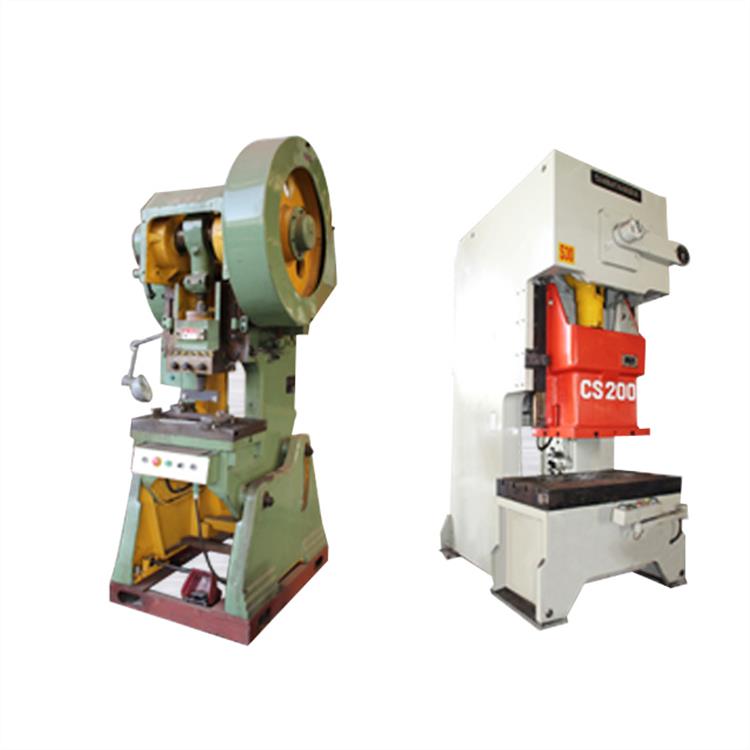Operation and Features of Pneumatic Punching Machines
Release Time : 2024-12-17 View Count : 次The pneumatic punching machine is an advanced piece of equipment that integrates photoelectric protection technology with computer counting and programming. This combination enhances safety, reduces operational costs, and improves production efficiency, making it one of the most cutting-edge punching machines available today. It is widely used for its precision, ease of use, and versatility in various industrial applications.
One of the key features of the pneumatic punching machine is its safety design, which includes a mechanically activated double-button switch (or foot switch). This design ensures the operator's hands remain at a safe distance from the moving parts. The machine’s working height and cylinder stroke are adjustable, allowing for flexibility based on product or mold size. The cylinder descending speed can be controlled by installing a quick exhaust valve, offering further customization for different tasks.
The machine also includes a pressure regulating valve for easy air pressure adjustments, and its open-type structure on both sides makes it lightweight and easy to maintain. Additionally, it can be equipped with heating molds and intelligent temperature controllers for processes such as hot pressing, embossing, and OEM. The pneumatic system’s components are clearly visible for quick troubleshooting and maintenance.
For safety, the machine features a two-hand operation system and an emergency stop button. It also offers automatic counting and pressurization time settings, further streamlining production and reducing manual oversight.
Operation Steps of the Pneumatic Punching Machine

Operation Steps of the Pneumatic Punching Machine

To operate the pneumatic punching machine, start by turning on the power switch. The power indicator light will illuminate to confirm the machine is powered on. The machine has two operating modes: manual and automatic.
In manual mode, set the selector switch to the "manual" position. Press the manual button to lower the cylinder, and then press the pressurization button to apply pressure. The cylinder will rise when the pressurization button is released. This mode is ideal for assembling and debugging molds.
In automatic mode, set the selector switch to "automatic" and start the punching process by pressing the double-button switch or foot switch. The machine will drop the cylinder according to the press timer. Once the press timer expires, the pressurization timer begins, and the cylinder will rise once the set pressurization time is completed. Emergency situations can be handled by pressing the emergency rise button, which will immediately raise the cylinder for safety.
The cylinder stroke can be adjusted using an adjustable nut on the piston rod, and the air pressure can be regulated easily using the pressure regulating device. Speed adjustments are made with a manual speed control valve on the air pipe, allowing for more precise control over the cylinder’s descent speed.
Ensuring the Processing Accuracy of Pneumatic Punching Machines

Ensuring the Processing Accuracy of Pneumatic Punching Machines

Pneumatic punching machines are known for their high punching efficiency and precision. However, continuous punching can introduce vibrations that may affect the machine’s accuracy. Regular maintenance is crucial to ensure optimal performance.
To maintain accuracy, narrow flange parts should be drawn into a cylindrical shape, followed by a conical flange, and finally leveled. For wide flange parts, the machine should maintain a consistent flange diameter throughout the process. Additionally, any holes in the flange or sidewalls should be punched after the drawing process to ensure dimensional integrity.
For parts with high dimensional accuracy requirements or small fillet radii, a shaping process should be added to further enhance precision. Regular machine adjustments and monitoring of vibration levels will help maintain the accuracy and efficiency of the pneumatic punching machine.










